(srpski) Zvanični Beograd skoro bez reakcije na presudu, Vučić u Njujorku o “selektivnoj pravdi”
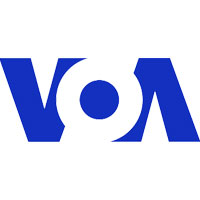
Sorry, this entry is only available in srpski.


Sorry, this entry is only available in srpski.
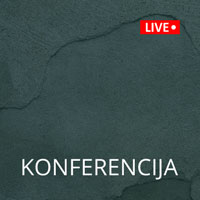
 Marking the International Day for the Elimination of Sexual Violence in Conflict, the Humanitarian Law Center (HLC) invites you to online conference “From Stigma to Justice – Sexual Violence in War “ that will take place on Tuesday, 15 June 2021 from 11:00 am via the Zoom application.
Marking the International Day for the Elimination of Sexual Violence in Conflict, the Humanitarian Law Center (HLC) invites you to online conference “From Stigma to Justice – Sexual Violence in War “ that will take place on Tuesday, 15 June 2021 from 11:00 am via the Zoom application.
The conference will feature three panel discussions at which experts, each within their own field of expertise, will discuss the importance of reparations for victims of sexual violence, the stigma attached to victims of sexual violence, why women are not believed when testifying about the violence they experienced, as well as the ways to overcome trauma and the need for systematic support for these victims.
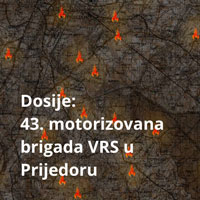
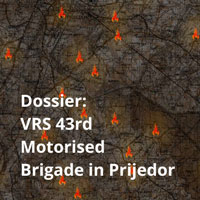 Between May and August 1992, units of the 1st Krajina Corps of the Army of the Republika Srpska (VRS), together with the police of the Republika Srpska, Territorial Defence Force (TO) units and various volunteer groups, carried out attacks on a large number villages in the municipality of Prijedor inhabited predominantly by Bosniaks and Croats.
Between May and August 1992, units of the 1st Krajina Corps of the Army of the Republika Srpska (VRS), together with the police of the Republika Srpska, Territorial Defence Force (TO) units and various volunteer groups, carried out attacks on a large number villages in the municipality of Prijedor inhabited predominantly by Bosniaks and Croats.
In the documents of the VRS and the Ministry of the Interior (MUP) of the Republika Srpska, combat operations in the Prijedor municipality were referred to as “cleansing operations” and actions aimed to crush extremist groups. However, as established in several judgments of the International Criminal Tribunal for the former Yugoslavia (ICTY), these operations involved the systematic killings, abuses, arrests and detention of non-Serbs, as well as the destruction and looting of their property.
More than 3,000 civilians died in the territory of Prijedor municipality in 1992, and around 38,000 Bosniaks and Croats left the municipality before the second half of October of 1992.
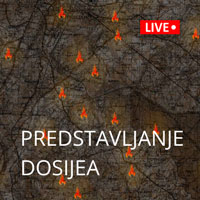
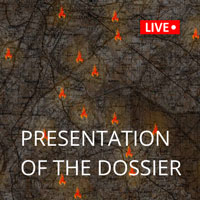 On Monday, 31 May 2021, the Humanitarian Law Center (HLC) will present its fourteenth Dossier, entitled “VRS 43rd Motorised Brigade in Prijedor”.
On Monday, 31 May 2021, the Humanitarian Law Center (HLC) will present its fourteenth Dossier, entitled “VRS 43rd Motorised Brigade in Prijedor”.
The Dossier provides insights into the structure and operations of the 43rd Motorised Brigade (43rd MtBr), a unit of the 1st Krajina Corps of the Army of Republika Srpska (VRS) during the summer of 1992, when this unit, in tandem with units of the Republika Srpska Police force, Territorial Defence force, and various volunteer groups, carried out attacks on numerous villages and settlements in Prijedor municipality inhabited predominantly by Bosniaks and Croats. The attacks were followed by systematic killings, mistreatment, arrests, detentions and expulsions of non-Serb civilians, and the destruction and looting of their property.
More than 3,000 civilians died in the territory of Prijedor municipality in 1992, and around 38,000 Bosniaks and Croats left the municipality before the second half of October of 1992.
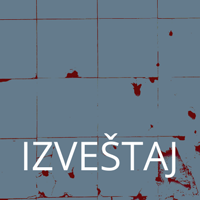
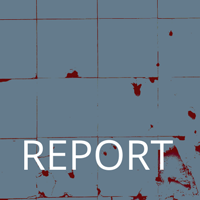 The HLC has monitored all war crimes trials conducted in the territory of Serbia in 2020, namely a total of 21 cases conducted before the War Crimes Departments of the Higher Court and/or the Court of Appeal in Belgrade.
The HLC has monitored all war crimes trials conducted in the territory of Serbia in 2020, namely a total of 21 cases conducted before the War Crimes Departments of the Higher Court and/or the Court of Appeal in Belgrade.
The Report provides a brief overview of the proceedings and of the HLC’s basic findings in respect of cases which are of public relevance. A large number of the war crimes cases covered by this Report have been going on for a number of years now, so that previous HLC annual trial reports are also relevant for a full grasp of the course of the proceedings and the pertinent HLC findings.
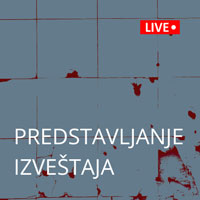
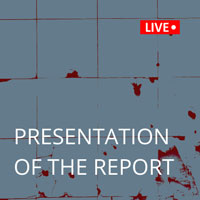 The Humanitarian Law Center (HLC) will present the Report on War Crimes Trials in Serbia during 2020 on Friday, May 14, 2021, at 11:30 AM, via the Zoom application.
The Humanitarian Law Center (HLC) will present the Report on War Crimes Trials in Serbia during 2020 on Friday, May 14, 2021, at 11:30 AM, via the Zoom application.
The Report includes an analysis of 21 cases monitored by the HLC before the war crimes departments of the Higher Court and the Court of Appeals in Belgrade. Also, the Report contains an overview of the general findings on war crimes trials during 2020, as well as important socio-political events that are vital for war crimes trials in Serbia.
Speakers:
You can follow the event via the Zoom at the following link: bit.ly/gi2020z
Simultaneous translation into English is provided

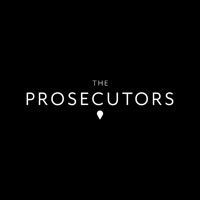 Victims dismissed as “collateral damage”. Survivors silenced. Criminals left unpunished. This is the history of sexual violence in conflict that lawyers are trying to change.
Victims dismissed as “collateral damage”. Survivors silenced. Criminals left unpunished. This is the history of sexual violence in conflict that lawyers are trying to change.
“Rape and pillage” are concepts as old as war itself. Certainly, war carries with it the idea of gathering the spoils found by those who stand victorious on the battlefield. But sexual violence is a war crime, not collateral damage, and it must be confronted. However, the risks and sacrifices involved in ensuring that the legal system provides justice for everyone run deep.
The Prosecutors is a feature length documentary that tells the story of three dedicated lawyers who fight to ensure that rape in war is not met with impunity. Filmed over five years on three continents, it takes viewers from the Democratic Republic of Congo to Bosnia and Herzegovina to Colombia on the long journey towards justice.
You can watch the thirty-minute version of the film for free from April 26 to May 9. After registration you will get the link and code which are needed to access the movie.
Registration is available here.
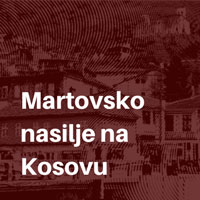
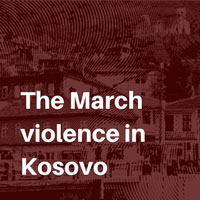 The retreat of the Serbian army and police from Kosovo in June 1999 meant liberation for Kosovo Albanians from Serbian rule and repression, and for Kosovo Serbs it meant the beginning of a new reality marked by the unwillingness and inability of UNMIK and KFOR to protect the personal safety of Serbs, Montenegrins, Bosniaks and Roma people, but also by the prevailing conviction of Kosovo politicians and the public that the priority is independence, followed by solidarity with the Serbs who stayed in Kosovo.[1]
The retreat of the Serbian army and police from Kosovo in June 1999 meant liberation for Kosovo Albanians from Serbian rule and repression, and for Kosovo Serbs it meant the beginning of a new reality marked by the unwillingness and inability of UNMIK and KFOR to protect the personal safety of Serbs, Montenegrins, Bosniaks and Roma people, but also by the prevailing conviction of Kosovo politicians and the public that the priority is independence, followed by solidarity with the Serbs who stayed in Kosovo.[1]
The post-war reality was not easy for Kosovo Albanians either; much of their expectations of liberation came under pressure from the difficult economic situation and faintly observable justice for the thousands of civilians killed and a large number of missing. The then-new government of the Republic of Serbia made a step forward by discovering mass graves in Serbia, but the right-wing political parties, that were part of the government, managed to marginalize the question of the responsibility of the Yugoslav Army and Ministry of Interior for war crimes and influence Kosovo Serbs not to take participation in building a new political system in Kosovo. The killings and disappearances of Serbs and Roma, frequent until the end of 2000, would take place in the presence of KFOR and UNMIK, leading both the remaining Serbs and most of the Albanians to a conclusion that post-war perpetrators had the tacit consent of the international community to create Kosovo without Serbs.[2]
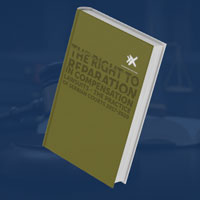
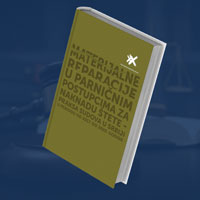
In March 12th, 2021 the Humanitarian Law Center presented the report „The right to reparation in compensation lawsuits: the practice of Serbian courts 2017-2020“.
This report covers the analysis of cases which were active in the period between 2017 and 2020. Since the duration of most of these cases is longer than three years, for the ease of following the course of the proceedings, this report gives a brief overview of the course of the proceedings even before 2017.
The report is divided into three parts. First part analyzes the legal framework that regulates the victims’ right to reparation in Serbia. Second part analyzes individual cases where the HLC represented the victims, while third part deals with the main problems that the HLC has identified in its work as key obstacles hindering the victims from vindicating their reparation claims.
The report is available on this link
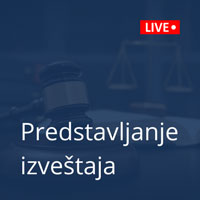
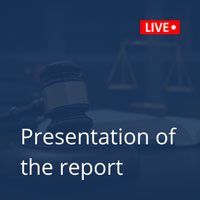 On Friday, March 12, 2021, at 11 AM, via the Zoom platform, the Humanitarian Law Center (HLC) will present the report “The right to reparation in compensation lawsuits – the practice of Serbian courts 2017-2020”.
On Friday, March 12, 2021, at 11 AM, via the Zoom platform, the Humanitarian Law Center (HLC) will present the report “The right to reparation in compensation lawsuits – the practice of Serbian courts 2017-2020”.
This report analyses the course of the litigation proceedings that were active in the period between 2017 and 2020. However, since most of these proceedings have lasted for more than three years, for the ease of following the course of the cases, this report gives a brief overview of the proceedings even before 2017.
This report is divided into three parts. The first part analyses the legal framework that regulates the victims’ right to reparation in Serbia. The second part analyses individual cases in which the HLC represented the victims, while the third part refers to the main problems identified by the HLC as the key obstacles hindering the victims from vindicating their reparation claims before domestic courts.